The cars with the most names - Axon's Automotive Anorak
Half watching the TV news recently, as a car guy I was suddenly distracted by a live report from Tehran, where a reporter was standing at the side of a busy road in the Iranian capital city.

The news item was an update piece on Iran’s on-going COVID-19 outbreak situation, but to be honest, I was more attentive to the parade of cars slowly picking their way through the dense Tehran traffic behind the reporter. As well as the occasional Peugeot, Nissan and Renault, the road seemed to be mainly congested with battered Saipas and Paykans, the locally-built versions of the old Kia Pride/Mazda 121, plus the ancient Hillman Hunter, which is to Iran what the Mini is to Britain, the Citroën 2CV is to France, the Fiat 500 to Italy and the Volkswagen Beetle to Germany as the national car.
Seeing so many Saipas and Paykans still in use in Tehran set my mind thinking about other locally adapted badge engineered cars from the past, and which of these was possibly the most prolific when it came to wearing a different car makers’ badge.

As already mentioned, the Saipa (variously known as the Saba, Nasim, 111, 132, 151, and other) was (and remains) an Iranian-built version of the original first-generation Kia Pride, a 1986 model that was also branded as a Mazda (121) for Europe and Ford (Festiva) for North America and Australasia. In China the model wore Guangtong badges, with it known as a Namco (Pony 613) in Greece. That’s six different brand names for basically the same car. Could this be a record and the ultimate in mixed identity ‘badge engineering’?
Far from it. The Iranian Paykan could claim even more marque identities than the Saipa/Kia, with this square-cut British four door saloon originally introduced in 1966 as a Hillman (the Hunter and Minx), and the model also sold as a (deep breath) Singer, Sunbeam, Humber and Chrysler in the UK, plus a Plymouth in the USA and Dodge in South Africa. That’s the same car fitted with no less than eight different marque name badges around the world.
Even Hillman’s contemporary British rival and master of badge engineering – BMC/Leyland – couldn’t claim that many marque names for its best-selling ADO16 1100/1300 range, these popular front-wheel-drive models being sold under just seven brands; Austin, Morris, MG, Riley, Wolseley and Vanden Plas, plus Innocenti in Italy. The ADO16’s cult smaller Mini did eventually manage to stretch to eight marque names though, including Rover (in Japan) and Cord (in Venezuela).

Returning to Hillman and its Rootes/Chrysler parent, the Hunter’s younger saloon sibling, the Avenger, went one better by wearing an astonishing nine different brand names during its long 20-year lifespan. In the UK the Avenger began life in 1970 as a Hillman, with the model’s brand name changed to Chrysler in 1976 as part of a facelift, only to soon be changed again in 1979 to Talbot when Peugeot PSA acquired Chrysler’s ailing European operation and rebrand all adopted models as Talbots (including the French Simcas).
In mainland Europe, the Avenger was badged as a Sunbeam (1250, 1500, 1600, etc.) with the car known as a Plymouth (Cricket) in the USA, and as a Dodge (Polara and 1500/1800) in South Africa, Brazil and Argentina. When cash-strapped Chrysler pulled out of South America, Volkswagen took over its local operations, confusingly re-branding the Avenger as the VW 1500 in Argentina, where the model remained in production until 1990! The Avenger’s ninth manufacturer name was Paykan, with the model briefly produced in Iran as a more affordable alternative to the popular Hunter-based saloon. So, nine different brand names for the Hillman Avenger. Now, surely this must be a record? Er, no, still not!

For more marque names for basically the same car, we must turn to General Motors (GM) and its J-Car platform, first introduced in 1981. GM’s front-wheel-drive J-Car was stretched across a confusing ten separate brand names around the globe, each one essentially offering a derivative of the same car. Here in the UK, GM’s J-Car was familiarly known as the second-generation Vauxhall Cavalier, with its German cousin sold as an Opel (Ascona) throughout mainland Europe.
For America, the J-Car could be specified as a Buick (Skyhawk), Cadillac (Cimarron), Chevrolet (Cavalier, plus Monza in Brazil), Oldsmobile (Firenza), or Pontiac (J2000-Sunbird), with the same base model badged as a Holden (Camira) down under and an Isuzu (Aska) in Japan.
Isuzu, as mentioned last on the J-Car list, was briefly GM’s key Japanese affiliate, with the mainly commercial vehicle brand used extensively as a source to help create affordable badge engineered regional market model adaptions. During the 1990s, Isuzu’s capable 4x4 Trooper (amusing called Big Horn in Japan!) was sold under eleven different banners, some being GM-related, but others not.
These re-branded Troopers included GM sticking Chevrolet, Asuna, Holden, HSV, Opel, Vauxhall and Passport badges onto the Japanese SUV, but with versions of the 4x4 also sold by Subaru, Acura and Honda, as well as Isuzu itself. Impressive, but quite bewildering, especially as most Troopers were virtually identical, save for the marque branding on the grille, tailgate and steering wheel.

So, we are now up to eleven badge engineered cars. Any advance? Well yes. To the best of my knowledge, plus some subsequent with extensive supporting research, I believe I might have finally found the branding limit of one basic car model being stretched, almost beyond credibility, to more than a dozen different marques.
The car in question is another General Motors product, using GM’s first true global platform – the T-Car – which made its production debut in March 1973 as the Brazilian Chevrolet Chevette. Over the rear-wheel-drive T-Car platform’s subsequent 34-year career, the base car was spread across a mindboggling 15 different marques.
These differing makes included Chevrolet (Brazil and USA Chevette, Marajo and Chevy), Opel (Kadett and K-180), Vauxhall (Chevette), Bedford (Chevanne), Holden (Gemini), Pontiac (Acadian and T1000), Isuzu (Gemini and I-Mark), GMC (Chevette), Aymesa (Condor), Buick (Opel by Isuzu), Saehan (Bird), Daewoo (Maepsy and Max), GRP (Sedan), Lawin (Sedan) and Grumett (Color).
So there we have it, a staggering 15 individual vehicle marque names, spread across a wide range of almost 40 small, rear-drive saloon, hatchback, panel van, pick-up, estate and coupe models, all sharing the same DNA, with the most familiar derivative to us Brits being the 1975-1984 Vauxhall Chevette and its now disappeared Bedford Chevanne light commercial sibling.
Who would have thought that this harmless little B-segment car, first launched in Brazil, would have extended to create such a vast family tree, spread around the globe, some proudly wearing revered badges such as Chevrolet and Pontiac, with others from less familiar car brands like Saehan of South Korea and Aymesa of Ecuador, but all with one thing in common; the same basic underpinnings and body parts.
General Motors can be suitably proud of its successful T-Car platform, as no other passenger car has ever spread itself so far and wide across 15 separate marques as this one. Unless of course, you know differently?
Axon's Automotive Anorak
Hillman
Kia
Isuzu
Chevette





